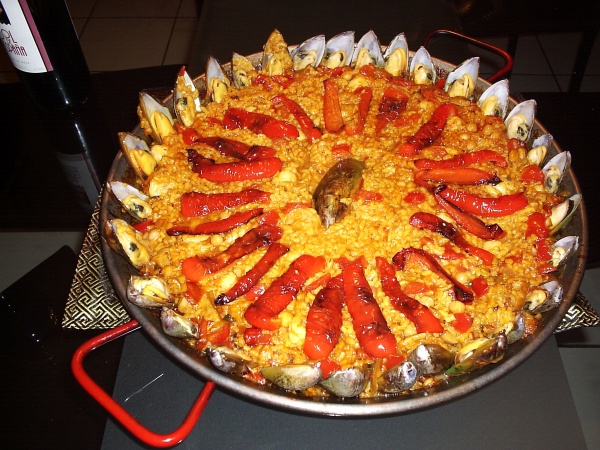Facts About Paella
Paella is a cherished Spanish rice dish originating from Valencia. It is renowned for being prepared in a wide, shallow pan over an open flame, which imparts a distinctive flavor and texture. In Spain, it holds significant cultural importance, offering a variety of regional and international adaptations of the classic recipe.
The traditional version, known as Paella Valenciana, includes round-grain rice, chicken, rabbit, beans, and even snails. Then there’s Seafood Paella, which replaces the meat with a selection of seafood, and Mixed Paella, which combines both meat and seafood for a robust meal.
Paella boasts a rich history dating back to the 19th century, with even deeper roots connected to the Moors, who introduced rice cultivation to Spain. The dish is a harmonious blend of Roman and Arab culinary influences. The name "paella" is derived from the Valencian word for frying pan, while the specific pan used to cook it is called a paellera. Over the years, paella has evolved, with various regions incorporating their own ingredients and cooking techniques.
In popular culture, paella frequently takes center stage in cooking competitions, with chefs creating enormous versions to break records and earn a place in the Guinness World Records. Nevertheless, there is some controversy when chefs, particularly those outside Spain, add ingredients like chorizo, which purists argue do not belong in an authentic paella. Despite these debates, paella remains a cherished dish with profound cultural significance.
You will find paella variations around the world. For instance, in the Philippines, there is Arroz a la Valenciana. Other related dishes include Arroz con Pollo and Jambalaya, which draw inspiration from paella. Additionally, there is Fideuà, a paella-like dish made with pasta noodles instead of rice. Paella's influence is widespread, showcasing the enduring impact of this iconic dish on global cuisine.

 Portugal
Portugal